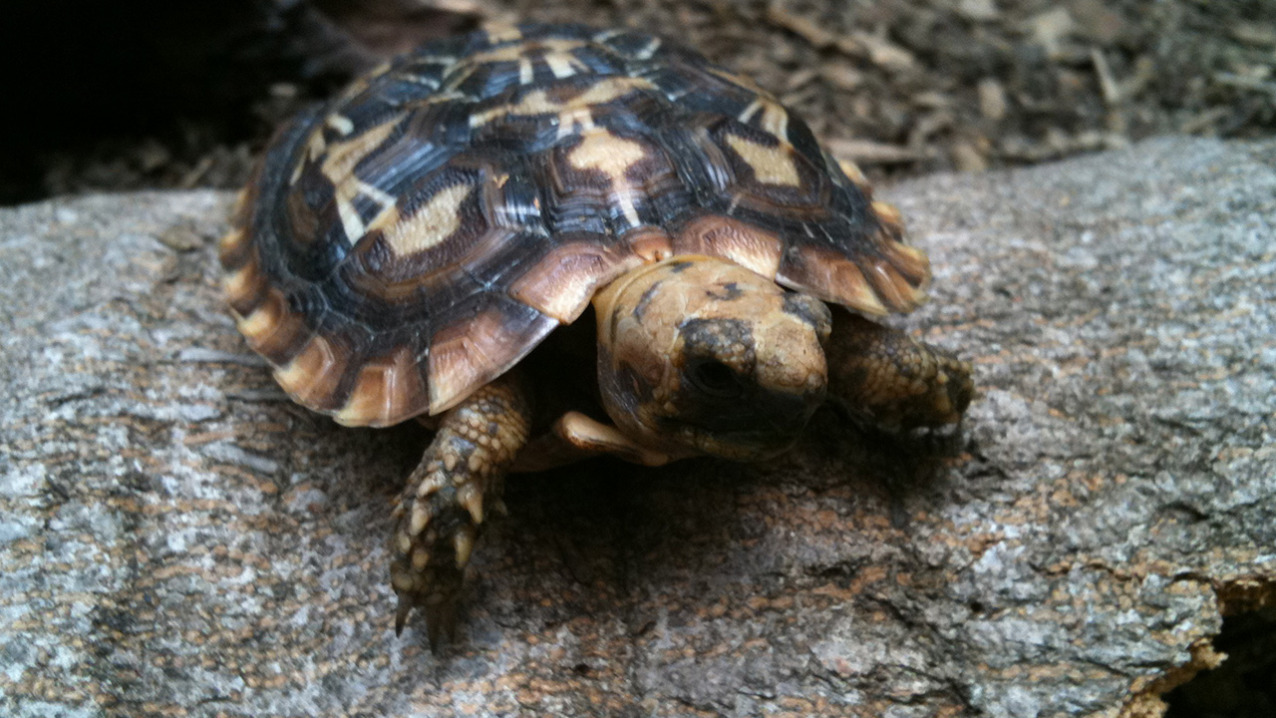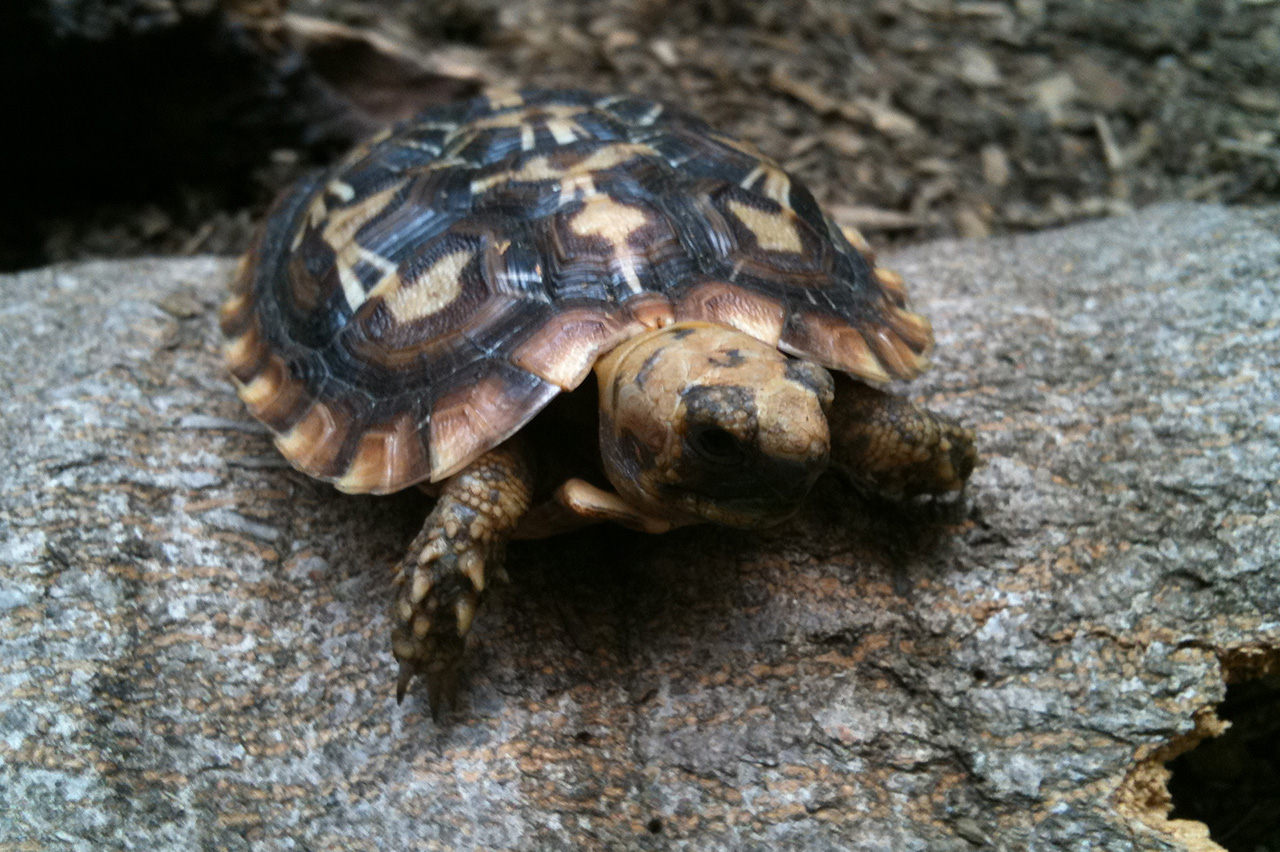Malacochersus tornieri
African Pancake Tortoise
About Me
Scientific Name: Malacochersus tornieri
Swahili name for tortoise: Kobe, Makobe(plural)
Description
The genus is characterized both by the greatly flattened depressed shape, and by the extreme thinness of the shell, which is so flexible that the plastron (bottom part of the shell) moves in and out as the animal breathes. The shell is normally about 6 to 7 inches long and 1 inch high. It has various coloration; frequently with radiating dark lines on the carapace (upper part of the shell).
The African pancake tortoise, Malacochersus tornieri, is a small, very flattened tortoise with a thin, flexible shell. It is also known as the pancake tortoise, soft-shelled tortoise, and Tornier’s tortoise.
The genus is characterized both by the greatly flattened depressed shape, and by the extreme thinness of the shell, which is so flexible that the plastron (bottom part of the shell) moves in and out as the animal breathes. The shell is normally about 6 to 7 inches long and 1 inch high. It has various coloration; frequently with radiating dark lines on the carapace (upper part of the shell).
Juveniles have pale yellow carapace with black seams, interrupted by yellow rays. Brown spots on vertebral and costal may or may not persist. The plastron is pale yellow, with dark brown seems crossed by lighter rays.
This species relies on speed and it’s flattened shape, rather than a heavy domed shell, to escape predators in its rocky environment. It can move much faster than other land tortoises and when disturbed, it hides in crevices in rocks. It then puffs itself up with air so that the shell is distended and the tortoise cannot be dislodged. it is able to use a vertical rock climbing technique. Due to its flat shell, the pancake tortoise has an easier time than other tortoises turning over if it falls on its back.
African pancake tortoises are from Southern Kenya and Northern and Eastern Tanzania. They are found in rocky hills, kopjes, and outcrops in arid scrub and savanna, in altitudes from 100 to 6,000 feet.
In a natural setting, breeding is in January-February with nesting in July-August. Breeding is any time of the year in captivity. One to two clutches per year of, one to four elongated eggs are laid. Incubation is 113 to 221 days. Hatchlings are approximately 1 1/2 inches long.
Pancake tortoises are herbivorous, feeding mainly on grass and fallen fruits. In the Zoo they are fed fruit salad and lettuce. They emerge to feed only during the early morning hours.
Pancake Tortoises are vulnerable as classified by the IUCN Redlist. Like many turtles and tortoises, the greatest threats are habitat loss and also overharvest.
http://www.arkive.org/pancake-tortoise/malacochersus-tornieri/
Other Reptiles
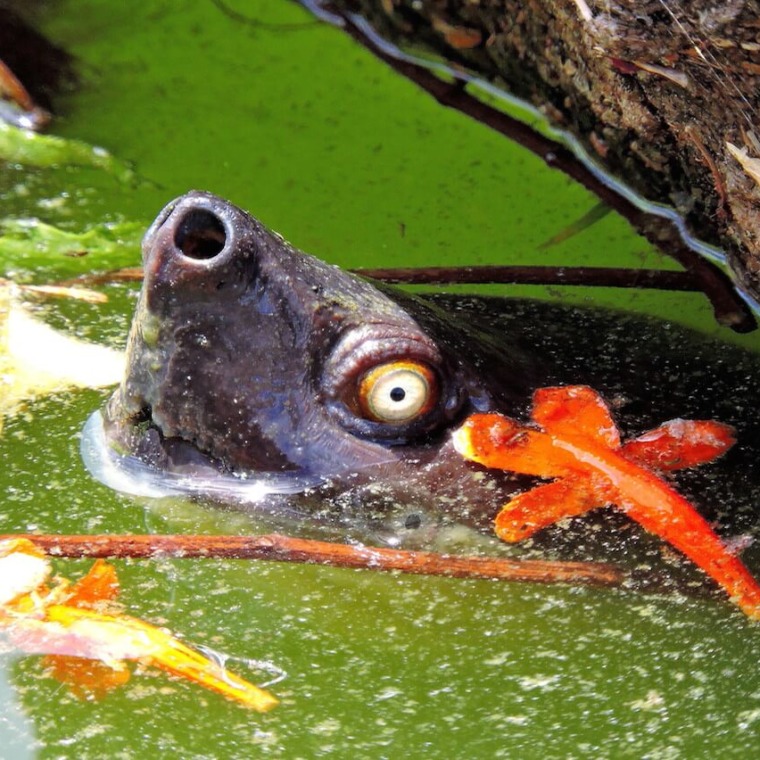
The last populations of Tutong are found in India, Indonesia, Bangaladesh, and Malaysia. It is extinct in its former range of Thailand, Myanmar, Vietnam, and Singapore.
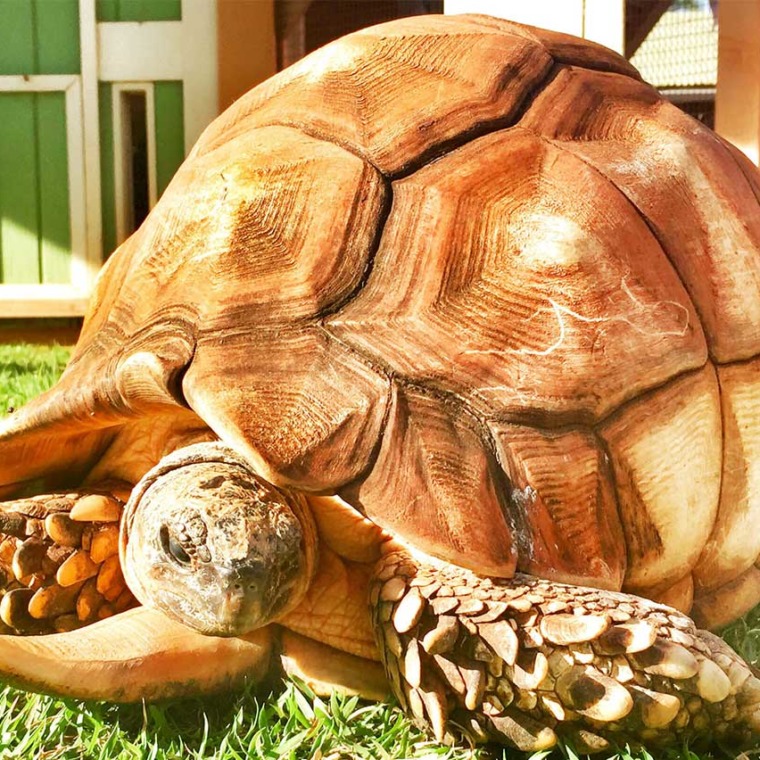
Inactive during cool, dry season (May to October). Does not dig burrows. Seeks protection in thickets and seeks shelter in surface litter. Forages during morning and late afternoon.
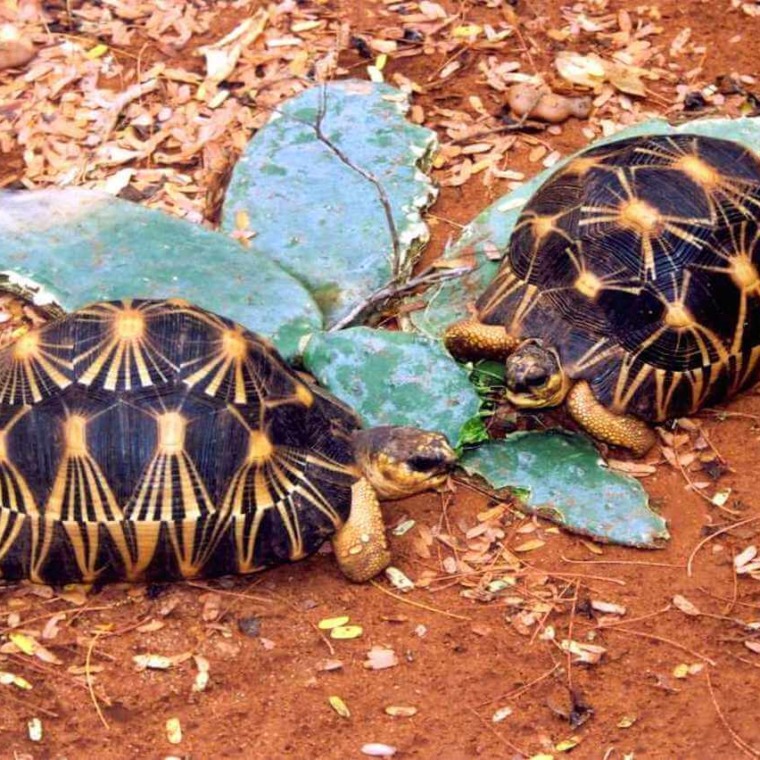
In the wild, this reptile is relegated to the extreme south and south-western portions of Madagascar. In recent times, they have also been introduced to the nearby island of Reunion.
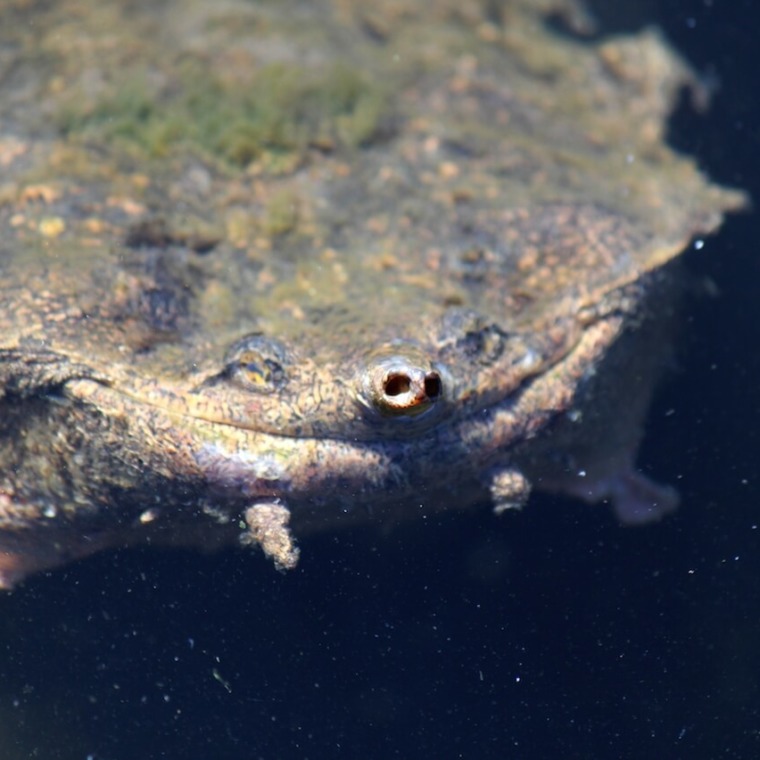
This species inhabits stagnant pools in Brazil and the Guianas and also in parts of the Amazon River and in Trinidad.
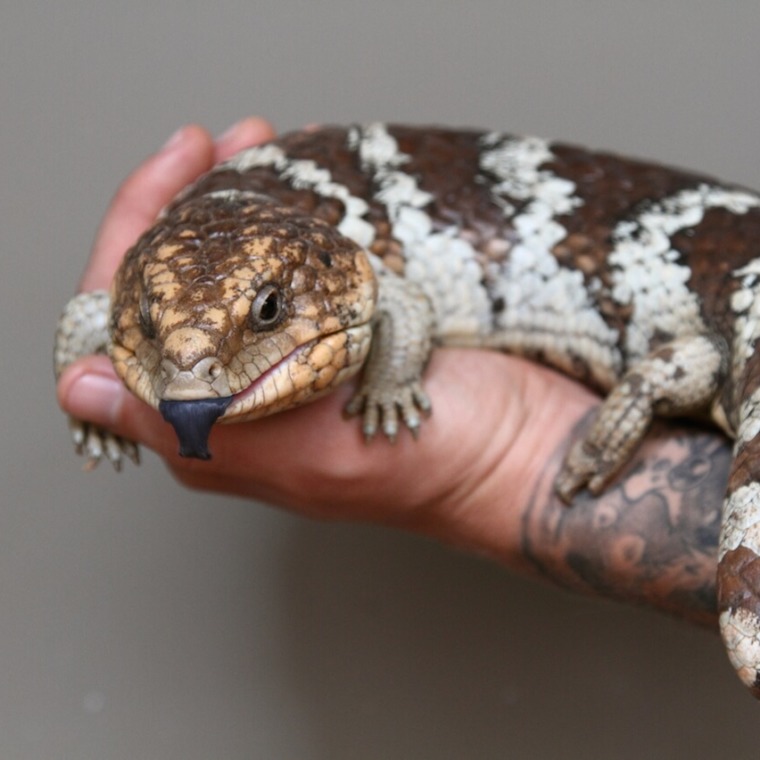
The Shingleback skink is found in southern and western Australia, in desert grassland areas or sandy dunes. Skinks are shy and secretive and seldom stray far from their shelter.


